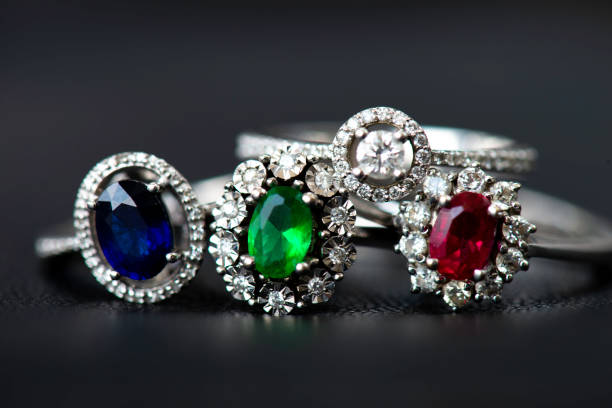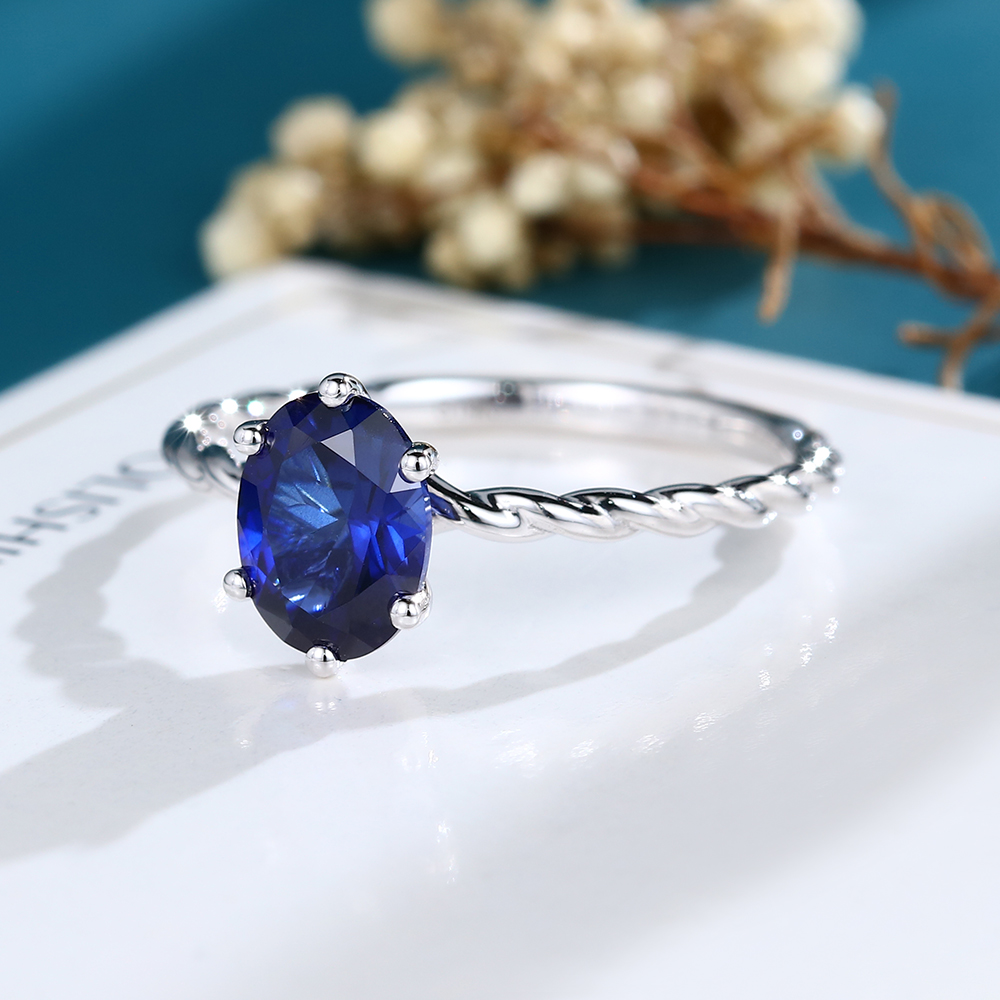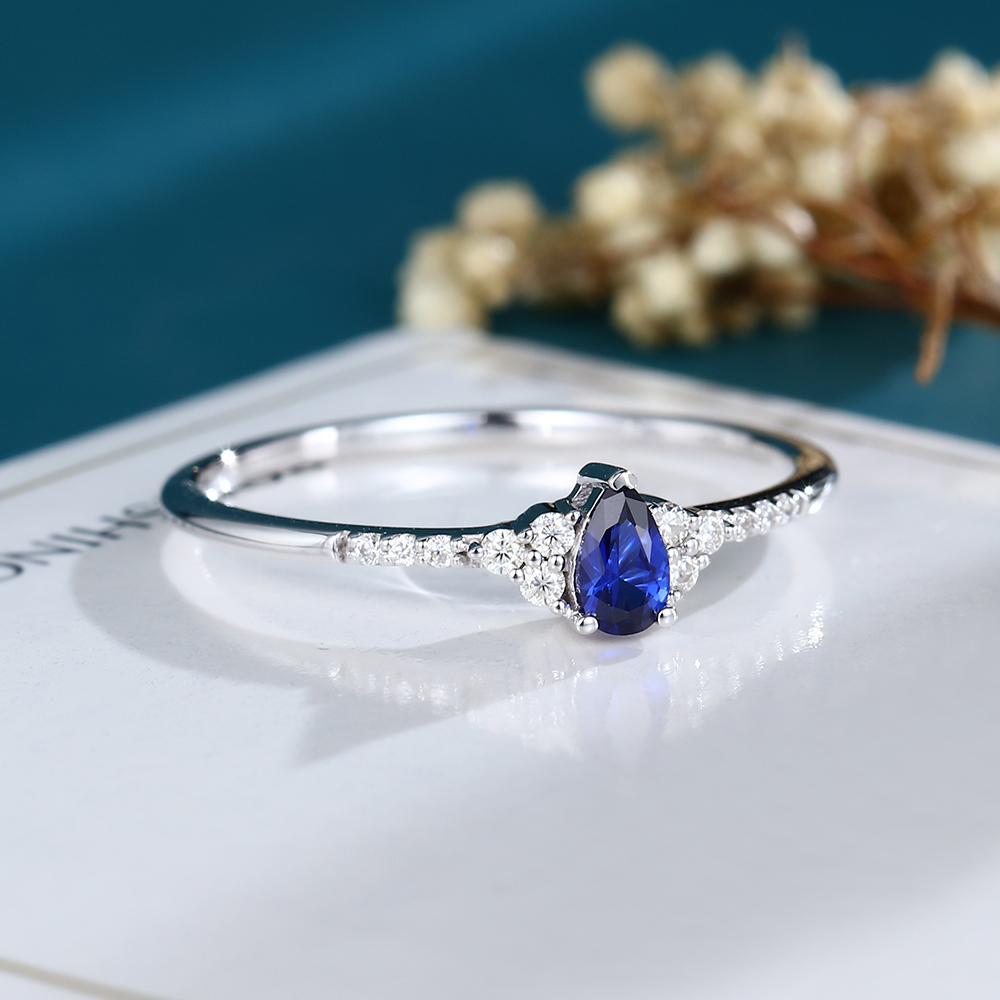The Enchanting World of Sapphires
0 comments
SHOP BY STYLE ✧
SHOP BY SHAPE ✧
![]()
![]()
![]()
![]()
![]()
METAL COLOR ✧
WEDDING BANDS
SHOP BY STYLE ✧
![]()
![]()
![]()
SHOP BY STONE ✧
SHOP BY METAL ✧
JEWELRY FOR THE BIG DAY
NECKLACES ✧
EARRINGS ✧
BRACELETS ✧
Engagement ✧
SHOP BY SHAPE ✧
![]()
![]()
![]()
![]()
![]()
![]()
SHOP BY COLOR ✧
SHOP BY CATEGORY✧

FEATURED✧
SHOP BY CATEGORY✧
SHOP BY OCCASION✧
SHOP BY PRICE✧

Birthstone Jewelry

Sapphires, with their mesmerizing hues and enduring hardness, have captivated humanity’s imagination for centuries. As a symbol of nobility, truth, and sincerity, sapphires have adorned the robes and jewels of royalty throughout history. This article delves into the fascinating world of sapphires, exploring their origins, varieties, significance, and much more.
Sapphires belong to the mineral family of corundum and are second only to diamonds in hardness, boasting a score of 9 on the Mohs scale. These gemstones are formed in igneous rocks and certain types of metamorphic rocks. Major sapphire-producing regions include Kashmir, Sri Lanka, Myanmar, Thailand, Australia, Madagascar, and the United States (Montana), each location contributing its unique shade to the sapphire palette.
While the classic deep blue is the most recognized color of sapphire, the gemstone exists in a rainbow of hues. These include pink, yellow, orange, green, and even the rare white sapphire. The presence of trace elements such as iron, titanium, chromium, copper, and magnesium gives sapphires their varied colors. Red corundum stones are classified as rubies, distinguishing them from the sapphire despite their mineral similarity.
Among the spectrum of sapphires, the padparadscha—a name that comes from the Sinhalese word for “lotus blossom”—holds a special allure. Its unique pink-orange hue, reminiscent of tropical sunsets, is highly prized and rare, making padparadscha sapphires some of the most sought-after gemstones in the world.

The value of a sapphire is determined by a combination of factors including color, clarity, carat weight, and cut. The most valuable sapphires exhibit a rich, intense blue color and have high clarity with minimal inclusions. Large sapphires are rarer and more valuable, with price increasing significantly with size. The cut of a sapphire not only affects its aesthetics but also its ability to reflect light, enhancing its overall value.
Sapphires have been imbued with symbolic meaning throughout history. They are believed to protect against envy and harm, promote spiritual insight, and bring peace and happiness. In medieval times, sapphires were favored by the clergy as symbols of purity and heaven. Kings wore sapphires around their necks as a powerful defense from harm.
The allure of sapphires has not waned in modern times, especially among royalty. The British Crown Jewels are replete with sapphires, underscoring their enduring appeal. The engagement ring of Princess Diana, an 18-carat oval sapphire surrounded by diamonds, is perhaps one of the most famous sapphires in recent history, now worn by Catherine, Duchess of Cambridge.
For a thorough cleaning or to check the security of the setting, consider taking your sapphire jewelry to a professional jeweler. They can use ultrasonic cleaners, steam cleaners, or other professional tools to deep clean without damaging the stone. However, it’s important to note that not all sapphires can go through ultrasonic cleaning, especially if they have been treated or have inclusions that could be exacerbated by such cleaning methods. Always consult with a professional who understands the specific needs of your gemstone.

Sapphires, with their breathtaking beauty and rich symbolism, continue to enchant and fascinate. Whether set in a piece of fine jewelry or admired as a loose stone, a sapphire is a treasure of the Earth, encapsulating the wonders of nature and human craftsmanship. As we explore the depths of this gemstone’s allure, it’s clear that the sapphire’s legacy as a symbol of beauty, purity, and nobility is well deserved and enduring.